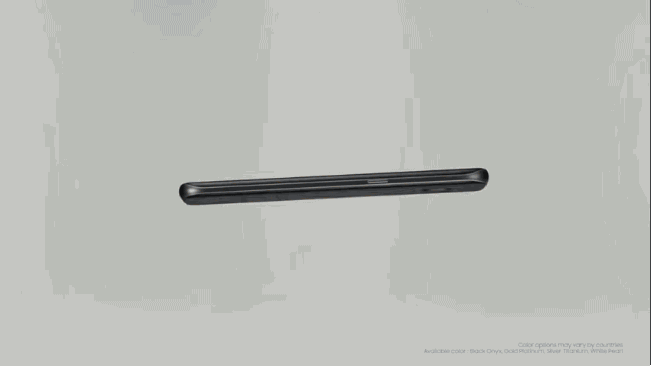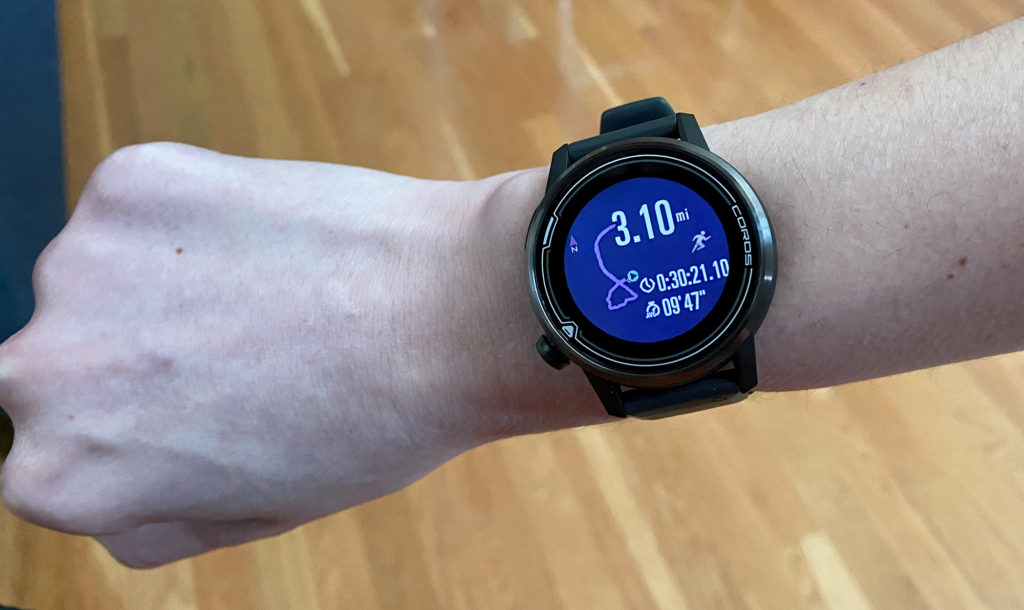Have you ever walked into a retail store, stared blankly at the wall of routers, and made a purchase based solely on the price? It’s okay, the router you purchased is probably fine. In case you want to know what you’re buying — here’s some information to make your next router purchase easier:
B, G, N…what happened to the a-b-c’s?
First thing you’ll need to understand when you’re buying a router is the difference between a B, G, and an N. Each letter represents the standard a particular router is based. B is the oldest (802.11b), followed by G (802.11g), and the most current is N (802.11n). And just as technology is supposed to get better over time, the speed and range of these standards have improved.
If you’re shopping at a store like Best Buy or Wal-Mart you probably won’t see any B routers. The G and N have become the most commonly sold, unless you’re looking online I suppose.
Single or dual band?
Another important thing to understand when purchasing a router is the difference between a single band and a dual band. The term “band” in this context refers to the frequency the router operates on — either 2.4GHz or 5GHz. The B and G routers will most likely operate at 2.4GHz. This is the same frequency many household appliances will use. So, B and G routers may be more susceptible to interference. The N router standard, on the other hand, can operate on 2.4GHz or 5GHz (this DOES NOT mean all N routers are automatically 5GHz though).
The classification of “single band,” is exactly what it sounds like — it can only operate on one band. If this is the case for a router, that band it operates on will be 2.4GHz (this includes B, G, and N routers). The classification of “dual band” means a router will be able to operate on both 2.4GHz and 5GHz (N routers only). It is a good idea to also note that dual band routers can be either selectable or simultaneous (single radio or two radio). So, if a router is a dual banded N router with a simultaneous option the router can transmit two frequencies at the same time offering a better connection for homes with many wireless devices.
Speed!
The use of B, G, and N to label standardizations also tells what the speed capabilities are:
- B = up to 11Mbps
- G = up to 54Mbps
- N = (fastest) usually tops out around 300Mbps
NOTE: “Mbps” is the abbreviation for Megabytes per second.
Keep in mind your internet speed ultimately determines your wireless internet speed. For example, if you buy an N router but you’re only paying for 6Mbps through your internet provider you may be wasting money. In most cases if you’re paying for the “high speed” option through your internet provider an N router will actually be putting out somewhere around 100Mbps.
Range
Range is a curious term when it comes to routers. You really can’t put a yardage on it like with most other devices — although that doesn’t keep companies from doing so anyway. Where routers and range are concerned you really have to look at the type of space you want your wireless internet to work. How many floors? Are there brick walls or drywall? Are there a lot of other wireless devices in the area?
That being said, the N router that performs at 5GHz will give you the best range because its frequency is higher than most commonly used household devices. If your home has more than two floors and you stick your N router in the basement, you probably won’t get a great signal on the highest floor. It’s just a fact.
There are things you can do in your home to improve range, though. Wireless repeaters (or range extenders) will actually lengthen your original signal. My personal favorite is a powerline adapter. This nifty little gadget plugs into your home’s internet electrical outlets and uses your homes circuitry to send your internet upstairs. There are two things to note about it: (1) the outlets you use must be on the same circuit and (2) this is not a wireless option, it’s merely giving you a strong connection away from where ever your internet comes into your home.



